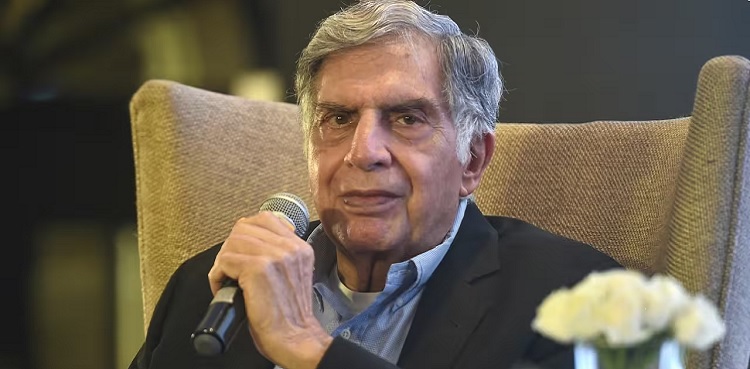Procrastination, the art of delaying tasks, is a common human experience. However, in recent times, it seems to have taken on epidemic proportions. The reasons behind this surge are multifaceted, and understanding them is crucial to combating this productivity killer.
Why Are We Procrastinating More?
Several factors contribute to the increasing prevalence of procrastination:
Information Overload: The digital age has inundated us with information. The constant stream of notifications, emails, and social media updates can be overwhelming, making it difficult to focus on a single task.
Fear of Failure: The fear of not meeting expectations or making mistakes can paralyze us, leading to procrastination.
Perfectionism: The desire to produce flawless work can be a double-edged sword. It can lead to excessive planning and analysis, delaying the actual task.
Lack of Motivation: A lack of intrinsic motivation can make it difficult to start and complete tasks, especially if they are tedious or challenging.
Poor Time Management: Ineffective time management skills can lead to procrastination as individuals struggle to prioritize tasks and allocate time efficiently.
Overcoming Procrastination: A Step-by-Step Guide
While procrastination can be a persistent habit, it’s not insurmountable. Here are some strategies to help you overcome it:
Break Down Tasks: Divide large, daunting tasks into smaller, more manageable subtasks. This can make them less intimidating and easier to tackle.
Set Realistic Goals: Set achievable goals and create a realistic timeline. Avoid setting overly ambitious goals that can lead to frustration and disappointment.
Prioritize Tasks: Identify the most important tasks and prioritize them accordingly. Use techniques like the Eisenhower Matrix to categorize tasks based on urgency and importance.
Create a Productive Environment: Minimize distractions by finding a quiet, clutter-free workspace. Turn off notifications on your phone and use website blockers to stay focused.
Reward Yourself: Set up a reward system to incentivize productivity. Reward yourself for completing tasks, no matter how small.
Practice Mindfulness: Mindfulness techniques like meditation can help you stay present and focused. It can also reduce stress and anxiety, which can contribute to procrastination.
Seek Support: Don’t hesitate to seek support from friends, family, or a therapist. Talking about your challenges can help you gain perspective and find solutions.
By understanding the root causes of procrastination and implementing these strategies, you can take control of your time and productivity. Remember, it’s never too late to start breaking free from the cycle of delay and embrace a more focused and fulfilling life.









